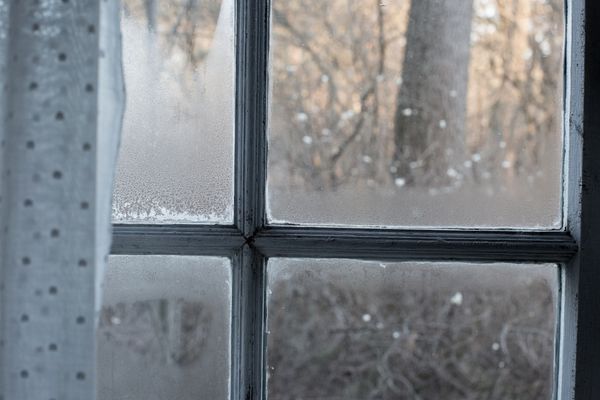
Exposure to damp and mold in the home is a widespread problem that can have potentially severe health consequences. The World Health Organization has attributed a considerable amount of the 300 million cases of childhood asthma worldwide to damp and mold in the home. Having asthma can make someone particularly susceptible to allergens and pollutants in the atmosphere, which puts people in a vulnerable position, particularly when you consider that 4.6 million people die each year from causes attributable to air pollution. Damp and mold is therefore both a health and environmental concern, and as such, managing and ultimately removing these problems in the home should always be prioritized.
The link between damp and mold management and sustainability
The sustainability of a home is measured by the environmental impact of a building’s life cycle, from construction, operation and maintenance through to the last phase of demolition; and the lower the environmental impact, the better the sustainability. Durability is a key aspect of sustainability, as the more durable the home, the less repair and maintenance it will need. One of the biggest threats to durability, and therefore sustainability, is water. As such, contact between the building materials and water should always be limited and controlled, as excess damp and moisture is the root cause of all mold problems. Staying on top of any damp problems and ensuring mold is removed once identified are both important measures to take in order to make sure that your home is both sustainable and salubrious.
How to identify damp and mold in the home
The first step is to identify whether you have a damp or mold problem. You can do this by checking out all the spots in your home where mold is likely to grow. Some of the places you’re most likely to find a problem are behind appliances or furniture that are close to the walls, in the basement, and in wet rooms such as the bathroom, laundry room or kitchen. Mold is easily spotted, as you will usually be able to see an accumulation of darkly colored spores in the infected areas, whereas spotting a damp problem is a little less obvious. The tell-tale signs of damp issues include water stains, regular condensation, a musty odor, and peeling or cracked paint or wallpaper.
How to combat it
The key to combating damp and mold problems at home is to ensure that there is a good air circulation throughout the whole home. You may find that you need to install a ventilation system to help the problem in areas with poor air circulation. This is most likely to be a problem in wet rooms. A dehumidifier can help to remove excess moisture from the air, and ensuring that your house is heated properly in the winter will also help to reduce air humidity levels. Surface mold can often be removed with a damp cloth, but if the mold is more extensive, or if you find that it is as a result of a deeper structural problem, it would be worth contacting a mold removal service to organize an inspection.
Given the damaging effects of damp and mold on health, eradicating any such problems in the home is an important component of healthy and sustainable living for you and all your family.
Writer: Sally Keys is a professional freelance writer with many years experience across many different areas. She made the move to freelancing from a stressful corporate job and loves the work-life balance it offers her. When not at work, Sally enjoys reading, hiking, spending time with her family and traveling as much as possible.
